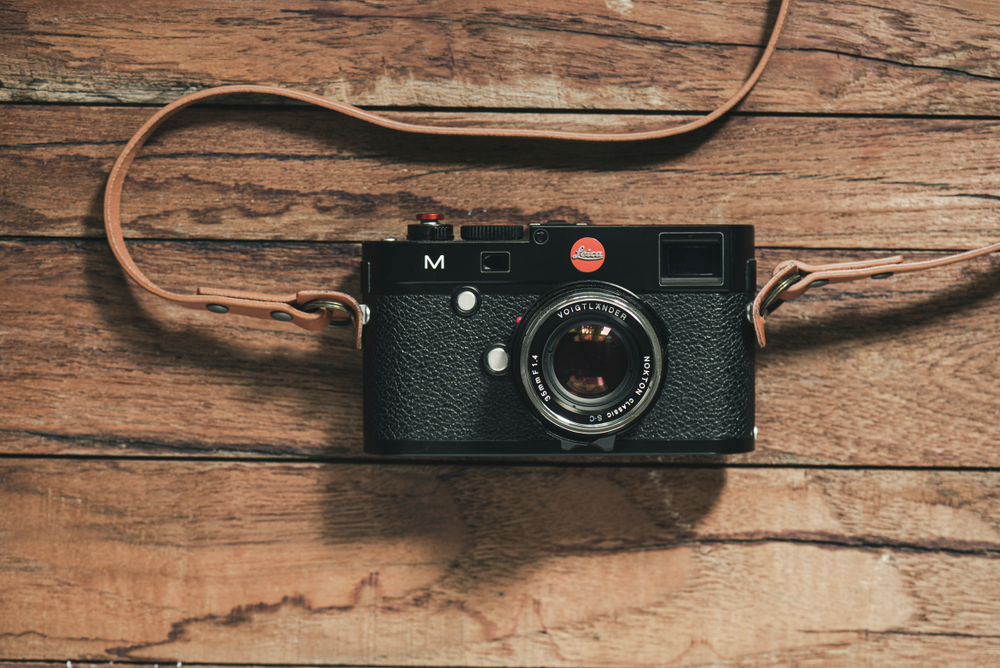As deepfakes continue to challenge our credulity, Leica is fighting back with a new camera that certifies photos as real.
The M11-P is the first digital camera to incorporate a digital watermark to authenticate photos as genuine, and not AI-generated or manipulated.
AI-generated images have legitimate uses but have also left photojournalists wondering how to maintain the credibility of their work when it can be so easily dismissed as an AI fake.
Recently we’ve seen how apparently AI-generated images have been used to drive the narrative on both sides of the Israel-Palestine conflict. Along with the proliferation of fake AI images comes what is referred to as the “liar’s dividend”.
A credible journalist could snap a genuine photo of a dramatic scene only for it to be dismissed as just another clever AI fake.
Leica cameras have been the go-to camera for many photojournalists and have captured iconic historical moments. Now, besides the photographic performance, journalists and other photographers have a new reason to consider a camera upgrade.
The camera can add a digital watermark that conforms to the Coalition for Content Provenance and Authenticity’s (C2PA) Content Credentials standard.
Introducing the Leica M11-P.
The worlds’ first camera implementing Content Credentials.
more here: https://t.co/dpQeEBydXQ#LeicaCamera #Leica #LeicaM #🔴📷 pic.twitter.com/G34WKwfsV2— Leica Camera AG (@leica_camera) October 26, 2023
The Content Credentials standard is being advocated by the Adobe-led Content Authenticity Initiative (CAI) and Project Origin, a Microsoft- and BBC-led initiative that tackles disinformation in digital news.
Content Credentials restore faith in photography
A photo digitally signed with Content Credentials can have its authenticity confirmed by using the Verify feature on the Content Credentials website.
If a digitally signed photo is edited then this is also recorded in the metadata of the digital watermark.
This means that the origin of a photo will be unmodifiable and is also useful for photographers to protect their copyright and ownership claims.
Chairman of Leica’s Supervisory Board, Dr. Andreas Kaufmann said, “Now with the ability to provide this proof, we are once again strengthening trust in digital content and re-establishing Leica cameras as authoritative tools in the documentation of world events.”
For the Content Credentials standard to be effective in restoring credibility to journalistic photography it will need to achieve broader adoption. Some big names like the Associated Press, the BBC, Reuters, and Microsoft have backed the CAI.
With a price tag of $9,125 the Leica M11-P is more likely to confirm the authenticity of a reporter’s work than your holiday snaps. But it’s a start.
How robust and tamper-proof the Content Credentials standard is remains to be seen. A number of other companies like Google and OpenAI have also been working on their own digital watermark solutions. Will we see a range of solutions or a consensus on a common digital standard?
If more cameras are designed with the ability to digitally sign photos with Content Credentials, we could go back to believing what we see in the press without defaulting to AI skepticism.





